Bananas are one of the most beloved fruits in the world, known for their sweet flavor and smooth texture. But there is much more to these humble fruits than meets the eye. Bananas are actually incredibly diverse, with a wide range of shapes, sizes, and colors. From the small and sweet red bananas of Southeast Asia to the large and starchy plantains of the Caribbean, each variety of banana has its unique characteristics and uses.
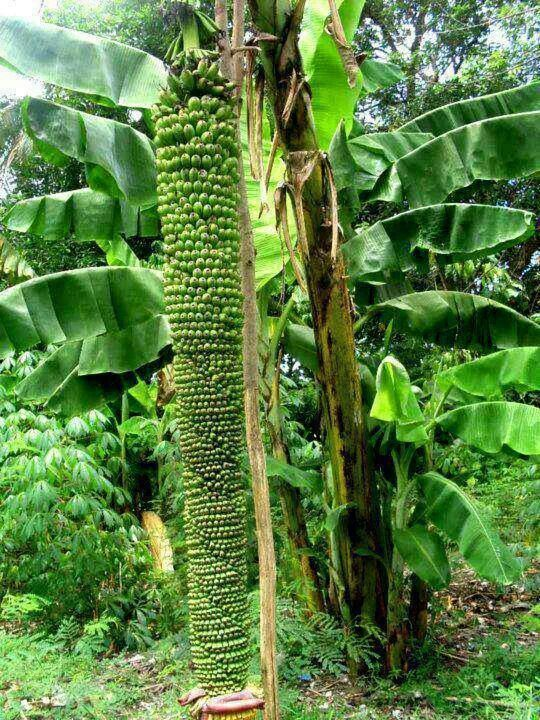
One of the most striking things about bananas is their shape. While most people are familiar with the long, curved bananas commonly found in supermarkets, there are actually dozens of different banana varieties, each with its unique shape and texture. For example, the Lady Finger banana is small and slender, with a delicate, sweet flavor, while the Horn plantain is large and starchy, with a slightly savory taste.
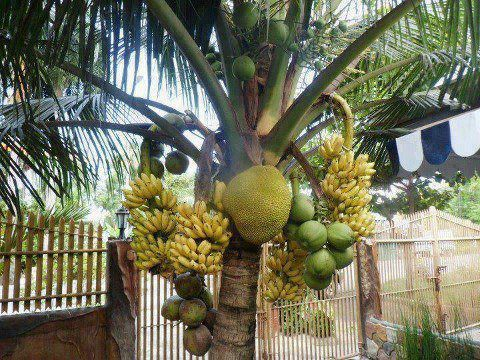
Another fascinating aspect of bananas is their color. While most people associate bananas with the bright yellow hue of the supermarket variety, bananas can actually range from bright red to dark purple to pale green. The Red Dacca banana, for example, is a vibrant red color with a sweet, slightly tart flavor, while the Blue Java banana has a pale blue-green skin and a creamy, vanilla-like taste.

In addition to their varied shapes and colors, bananas also have a rich history and cultural significance. Bananas are believed to have originated in Southeast Asia and have been cultivated for thousands of years. They were introduced to the Americas by Spanish explorers in the 15th century and quickly became a staple food in many regions of the Caribbean and Central and South America.
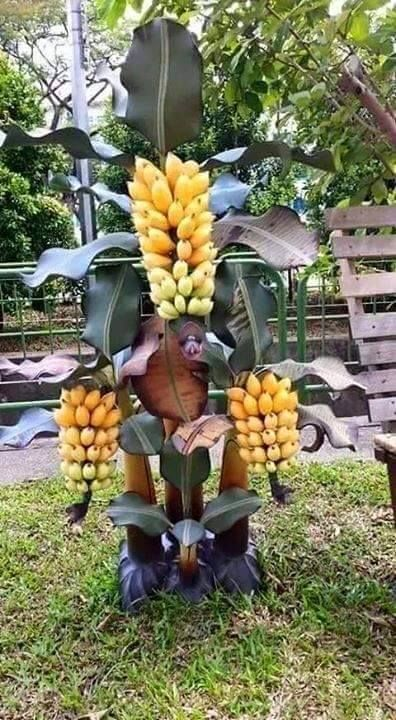
Today, bananas are one of the most widely consumed fruits in the world, with over 100 billion bananas consumed annually. They are used in a wide range of dishes, from sweet desserts to savory stews and soups. Bananas are also a significant source of nutrition, containing high levels of potassium, vitamin C, and dietary fiber.
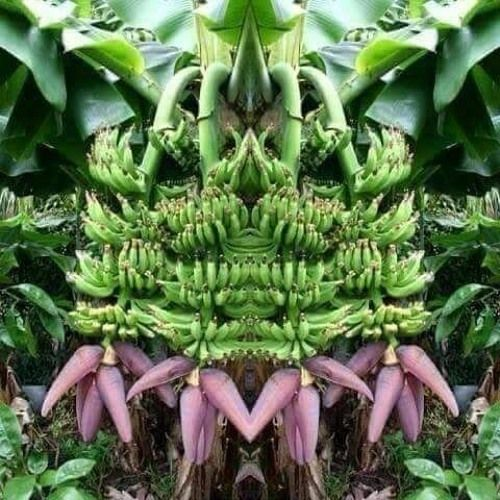
One of the most exciting things about bananas is their potential for culinary innovation. While most people are familiar with classic banana bread and banana pudding, there are countless creative and delicious ways to incorporate bananas into a variety of dishes. For example, ripe bananas can be mashed and used as a substitute for eggs or butter in baking recipes, while unripe bananas can be fried and used in savory dishes like plantain chips or tostones.
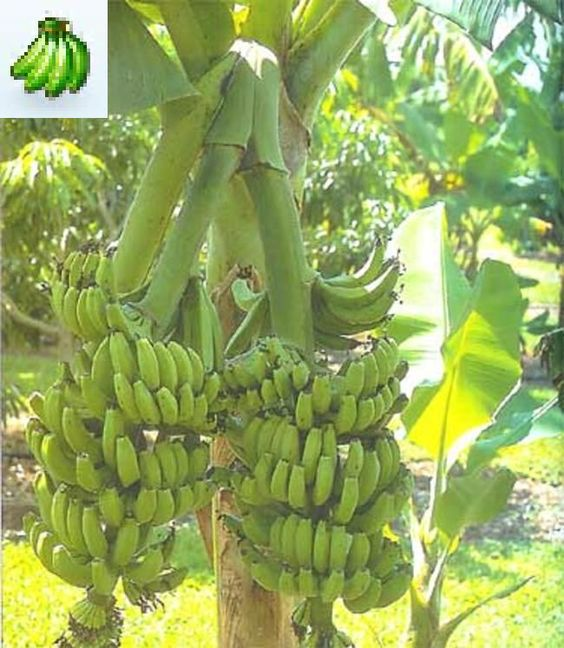
In addition to their culinary uses, bananas also have a wide range of health benefits. Bananas are known to promote digestive health, boost energy levels, and improve heart health. They are also a rich source of antioxidants, which can help to protect the body against oxidative stress and reduce the risk of chronic diseases like cancer and diabetes.
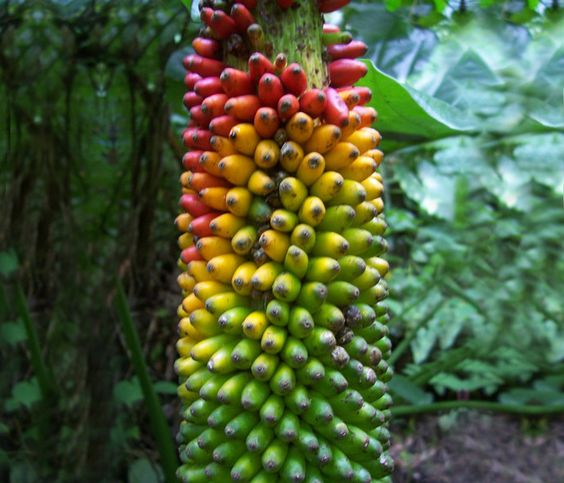 Beyond their culinary and health benefits, bananas also have a rich cultural significance. In many cultures, bananas are associated with fertility, prosperity, and good luck. In Hinduism, for example, the banana plant is considered sacred and is associated with the goddess Lakshmi, who is said to bring wealth and abundance.
Beyond their culinary and health benefits, bananas also have a rich cultural significance. In many cultures, bananas are associated with fertility, prosperity, and good luck. In Hinduism, for example, the banana plant is considered sacred and is associated with the goddess Lakshmi, who is said to bring wealth and abundance.
In African and Caribbean cultures, bananas are often used in traditional medicinal practices. The leaves and stem of the banana plant are believed to have healing properties and are used to treat a variety of ailments, including fever, diarrhea, and respiratory infections.
In conclusion, bananas are much more than just a delicious fruit. With their varied shapes, colors, and cultural significance, bananas are a fascinating and endlessly versatile ingredient that can be used in a wide range of culinary and medicinal applications. Whether you prefer sweet and creamy Cavendish bananas or starchy and savory plantains, there is a banana variety to suit every taste and preference. So the next time you reach for a bunch of bananas at the grocery store, take a moment to appreciate the hidden wonders and rich cultural heritage of these beloved fruits.
